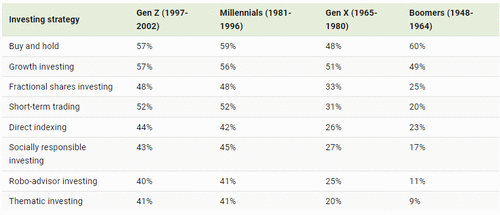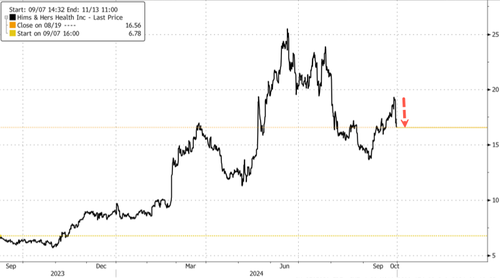Lebanon Claims Nasrallah Agreed To Temporary Ceasefire Just Before Assassination
In hugely surprising remarks given on American television this week, Lebanese Foreign Minister Abdallah Bou Habib has stated that Hezbollah Secretary-General Hassan Nasrallah issued his agreement to a US and French-proposed 21-day ceasefire with Israel just before Israel killed him by targeting a secretive meeting in south Beirut last Friday.
Habib revealed the agreement in a PBS interview. He told PBS/CNN host Christiane Amanpour that “They told us that Mr. Netanyahu agreed on this, and so we also got the agreement of Hezbollah on that. And, you know what happened since then.”
Lebanese Foreign Minister Abdallah Bou Habib says Hezbollah leader Hassan Nasrallah agreed to a ceasefire right before Israel killed him pic.twitter.com/gclEwi9TEK
— Dave DeCamp (@DecampDave) October 2, 2024
An incredulous-looking Amanpour asked: “are you saying that Hassan Nasrallah had agreed to a ceasefire just moments before he was assassinated?”
“He agreed, he agreed–yes, yes. We agreed completely.”
The top Lebanese diplomat then followed with:
“The Lebanese House Speaker, Mr Nabih Berri, consulted with Hezbollah and we informed the Americans and the French about the agreement. They told us that [Israeli Prime Minister Benjamin] Netanyahu also agreed to the statement issued by both presidents.”
This is all in reference to a Sept.25th joint statement by the US, France, the European Union, Saudi Arabia and other nations urging an immediate 21-day ceasefire during which a more permanent diplomatic solution would be worked out. CNN writes of the interview:
White House senior adviser Amos Hochstein was then set to go to Lebanon to negotiate the ceasefire, Habib continued.
“They told us that Mr. Netanyahu agreed on this and so we also got the agreement of Hezbollah on that and you know what happened since then,” the foreign minister added.
If the Lebanese government account is true, this would have huge implications. However, no specific further evidence that Nasrallah agreed to ceasefire has yet emerged. Reuters’ top foreign correspondent, Idrees Ali, has called the revelation “Pretty stunning.”
Further reporting from CNN could point to the accuracy of FM Habib’s statements:
A Western source familiar with the negotiations also said Hezbollah had agreed to the temporary truce shortly before the US released the proposal last week. The source didn’t say whether the decision had come directly from Nasrallah, but said that for the movement to agree, they would have needed his approval. A second source familiar with the talks agreed that the US was aware that Hezbollah was agreeing to the ceasefire.
But on an official level, the White House is denying all of this. State Department spokesman Matthew Miller didn’t rule it out entirely, but said that the Hezbollah chief agreeing to a deal is “not something we have heard before. If true, [it] was never communicated to us.”
“I can’t speak to whether he ever agreed to it and told somebody inside Lebanon. Obviously, that could be something that happened that we wouldn’t be aware of. I can tell you that, if that’s true, it was never communicated to us in any way shape or form,” Miller said in a Thursday press briefing.
Critics of Israel have accused PM Netanyahu of deliberately sabotaging efforts at peace in his drive to decimate Hamas, Hezbollah, and ultimately to weaken archnemesis Iran – all while prolonging his power and rule at home.
Tyler Durden
Thu, 10/03/2024 – 18:50
via ZeroHedge News https://ift.tt/SiXK0BC Tyler Durden














